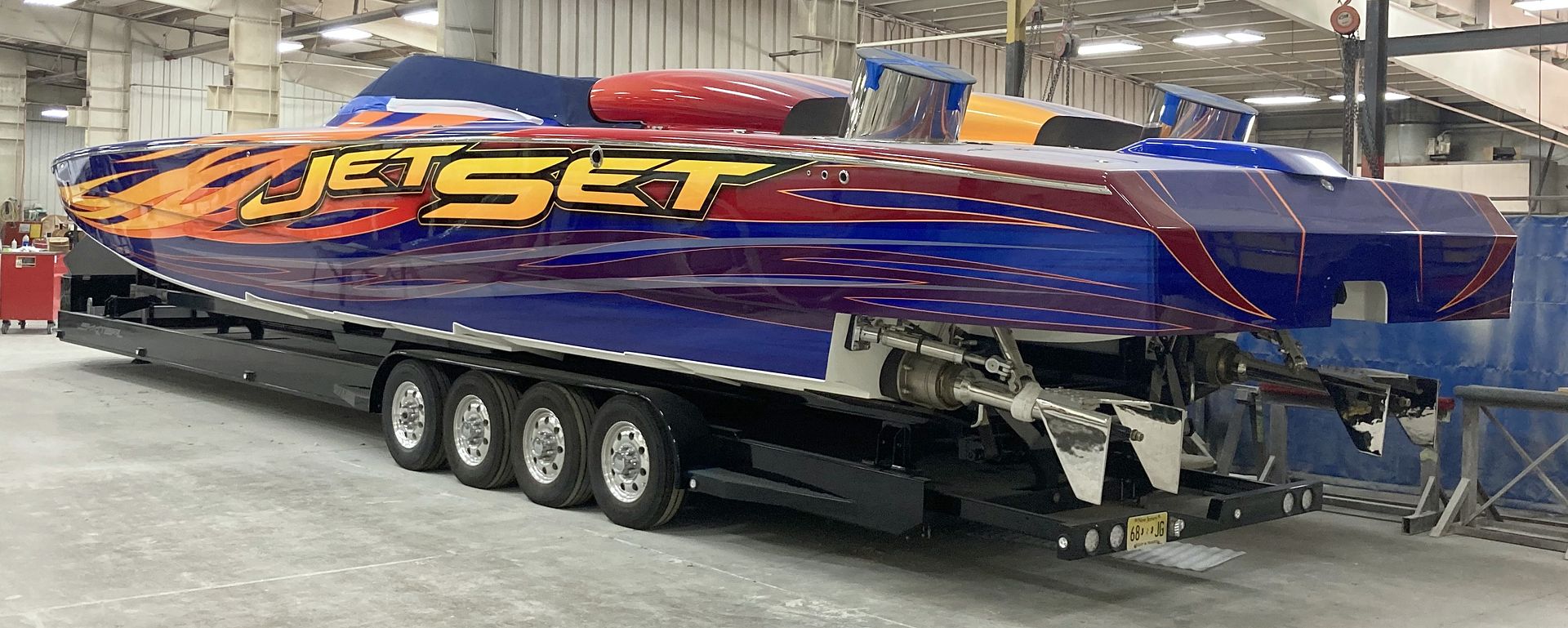Before the beginning of the 20th century, the only means of obtaining pearls was by manually gathering very large numbers of pearl oysters (or pearl mussels) from the ocean floor (or lake or river bottoms). The bivalves were then brought to the surface, opened, and the tissues searched.
In order to find enough pearl oysters, free-divers were often forced to descend to depths of over 100 feet on a single breath, exposing them to the dangers of hostile creatures, waves, and drowning, often as a result of deep water blackout on resurfacing.[1]. Because of the difficulty of diving and the unpredictable nature of natural pearl growth in pearl oysters, pearls of the time were extremely rare and of varying quality.
In Asia some pearl oysters could be found on shoals at a depth of 5-7 feet (1.5-2 meters) from the surface, but more often than not divers had to go 40 feet (12 meters) or even up to 125 feet (40 meters) deep to find enough pearl oysters, and these deep dives were extremely hazardous to the divers. In the 19th century, divers in Asia had only very basic forms of technology to aid their survival at such depths. For example, in some areas, they greased their bodies to conserve heat, put greased cotton in their ears, wore a tortoise-shell clip to close their nostrils, gripped a large object like a rock to descend without the wasteful effort of swimming down and had a wide mouthed basket or net to hold the oysters.[1][2]
